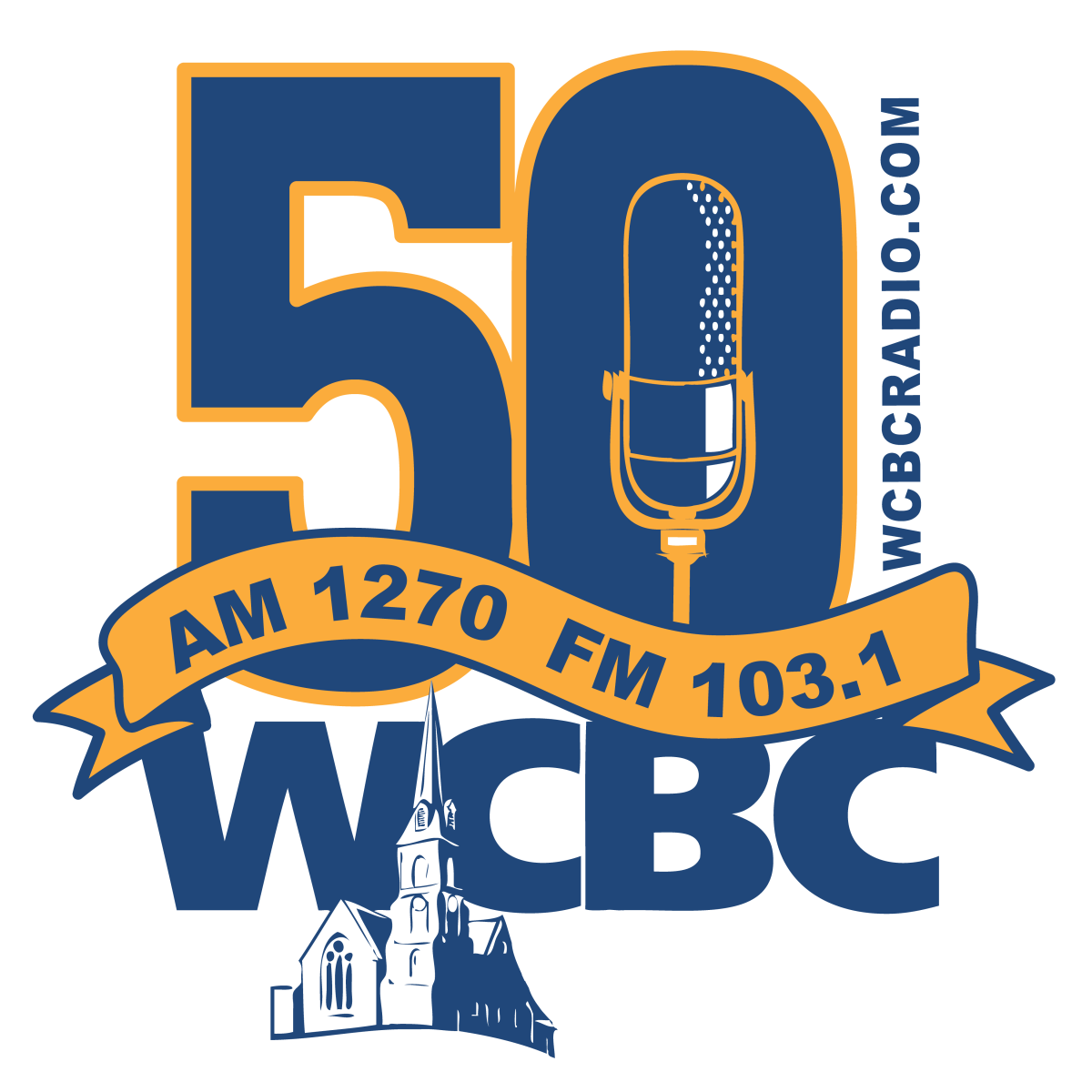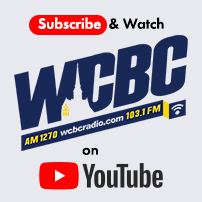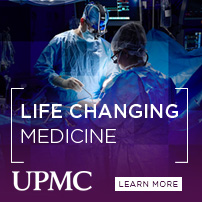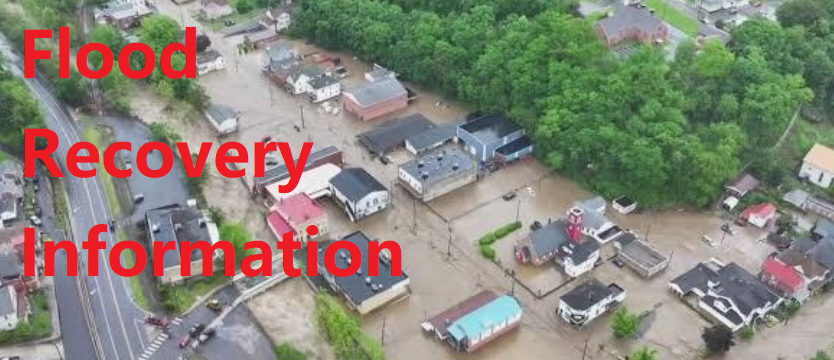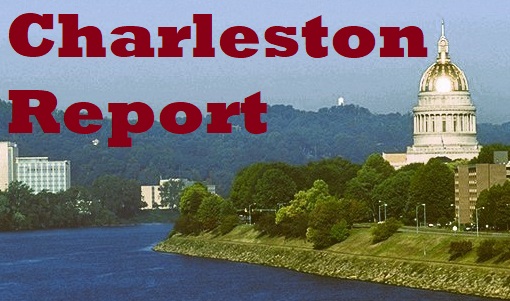July 20th, 2021 by WCBC Radio
“More than a half century ago, leaders across Maryland, Virginia and D.C. joined to lay a foundation for a transportation network to move people and goods across the region.
“Those leaders may not have envisioned the mega-region that exists today from Richmond to Baltimore, but their efforts launched an interstate highway and rail system that continues to serve as a catalyst for economic opportunity and a high quality of life for residents across all jurisdictions.
“Today, leaders in both states and D.C. have the responsibility to maintain, improve and invest in that regional network — and a historic opportunity to redefine it with innovation, technology, choice, equity and environmental awareness to serve our children, grandchildren and great-grandchildren in the generations to come.
“The opportunities and the challenges are tremendous to prepare for an additional 1.3 million residents and a million jobs in the area by 2045, as projected by the Washington Metropolitan Council of Governments.
“We must think regionally, recognizing travelers don’t stop at state lines, yet also provide a personalized approach to transportation. The door-to-door service we envision must accommodate those who bicycle to a rail station for their daily commute, walk to a coffee shop to meet fellow vanpoolers or catch a bus to the airport.
“Though it’s true no single mode of transportation can serve all people, a seamless network of travel options — with connectivity, reliability, access and safety as the highest priorities — can serve all people.
“In Maryland and Virginia, we must replace and maintain hundreds of interstate bridges, thousands of highway lane miles, tunnels, railways, airport and port facilities, bicycle and pedestrian networks and various customer service centers.
“Working as one team with a regional approach, this mega region will stand strongest by collaborating with all stakeholders — federal and local partners, businesses, residents and private-sector partners — to promote the integrated network we all need.
“Partnerships are growing on both sides of the Potomac. Virginia is partnering with D.C. Department of Transportation and Federal Railroad Administration to add capacity with a new rail crossing upstream from the existing Long Bridge rail crossing and build a new bicycle/pedestrian path across the Potomac.
“Recently in Baltimore, Amtrak and the Maryland Department of Transportation joined federal and local officials to announce the replacement of the Civil War-era B&P Tunnel. The new Frederick Douglass Tunnel will eliminate seven hours of daily delays and expand job accessibility with a 30-minute MARC express between Baltimore and D.C.
“Maryland and Virginia’s collaboration on commuter rail service to run through D.C. will better link Virginia Rail Express, MARC, Washington Metropolitan Area Transit Authority’s Metrorail and Maryland’s future Purple Line.
“Visualize 2045 and the Capital Region’s Blueprint for Regional Mobility concur with the importance of investing in railways and highways, including performance-driven tolling to combat roadway congestion and improve mobility and access.
“Virginia Department of Transportation Secretary Shannon Valentine and I work closely with our partners in D.C. and Baltimore City to maintain and improve our regional network.
“Critical regional infrastructure in this mega region, built in the 1960s and 1970s, is nearing the end of its useful life. Maryland alone has $2 billion in transit and $4 billion in highway state-of-good-repair backlogs. Though all of these projects are important, each requires a different set of tools to get delivered.
“Working together, MDOT and VDOT are partnering to address some of that backlog with a new American Legion Bridge and reliable transit across the bridge recommended by a recent joint study.
“The new American Legion Bridge I-270 Traffic Relief Project will address aging infrastructure, provide connectivity to deliver seamless travel and unlock economic potential for the entire National Capital Region. The planned public-private partnership would address $1.2 billion of the $4 billion highway repair backlog, deliver a new American Legion Bridge and high-occupancy lanes that would ensure reliable travel time and provide new transportation choices for walkers, bikers, motorcyclists, carpoolers, drivers and transit riders.
“As our region evolves with our transportation needs, we can work together to shape our transportation future by improving transit and rail connections, creating adaptable highways, expanding bicycle and pedestrian access, investing in smart infrastructures and promoting ride-sharing, telework and other innovative solutions.
“It’s not a question of one solution or another. It’s an all-of-the-above equation that may be delivered individually as part of a fully interconnected regional system focused on providing a better experience for both transit riders and highway travelers.
“Though Maryland and Virginia often compete for projects or employment centers — and at times even sports teams — when it comes to our transportation network, we must have a regional mind-set, not a Maryland or Virginia mind-set. Thinking and acting with unity, we can create a transportation network to serve and connect people and businesses across the region — and up and down the entire East Coast.”




.jpg)





